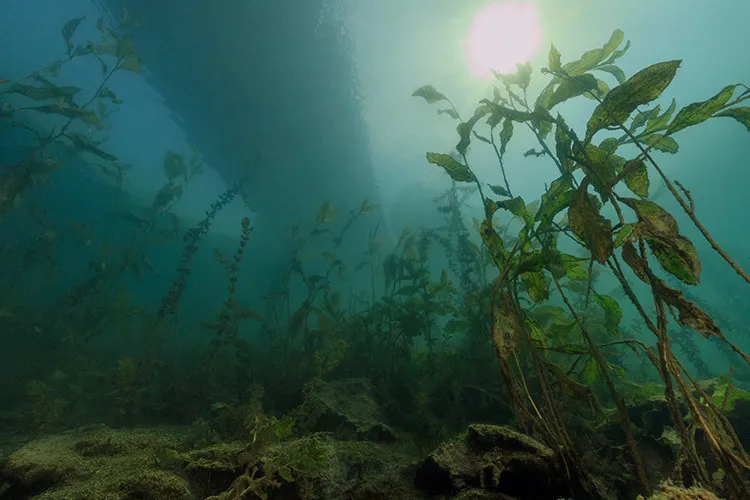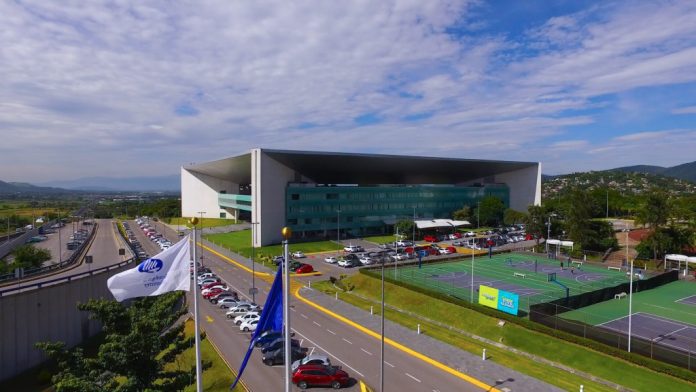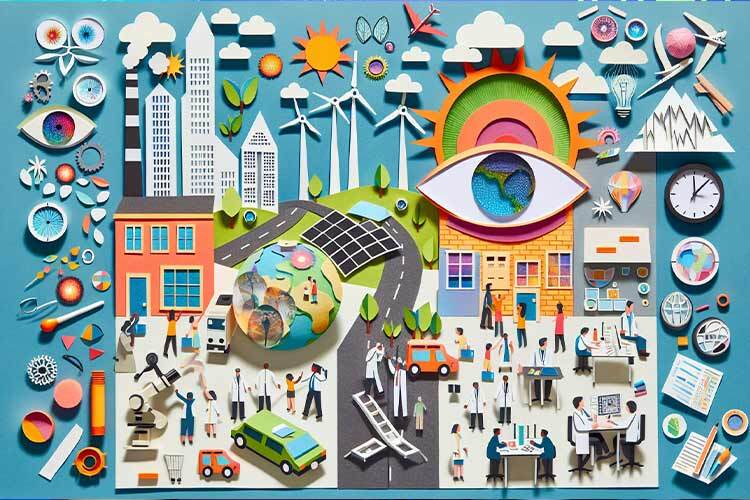Wastewater pollution is one of the main problems humanity faces. In Mexico, the centralization of treatment systems makes the problem even more complex. Fortunately, nature has an ecosystem that cleans water naturally and can be imitated: wetlands.
Wetlands are described as ecosystems with a surface that is flooded with water permanently or intermittently.
“The simplest solutions are sometimes right in front of our eyes. If we observe nature and understand the principles that govern it, we can propose better solutions,” says Sebastián Gradilla, research professor at the School of Engineering and Sciences on Tec de Monterrey’s Guadalajara Campus and national leader of the research axis of the Ruta Azul project.
Many human activities, including bathing, washing dishes and clothes, or going to the bathroom, generate wastewater. Industries such as agriculture, livestock, textiles, and pharmaceuticals also do so.
This water, depending on where it comes from, can be contaminated with pathogenic microorganisms, heavy metals, fertilizers, pesticides, or fuel derivatives. Added to these are emerging contaminants, such as residues from beauty products and medications.
To clean this water, treatment plants with specific processes to eliminate each type of contaminant are used around the world. However, only 57% of municipal wastewater is treated in Mexico.
The rest is used without any treatment to water the plants that we eat or feed to livestock and are dumped into ecosystems such as rivers, lakes, and seas.
Centralized Systems: The Root of the Problem
One of the reasons why it is so complex to clean this water is that treatment systems in the country tend to be centralized, with one large plant that receives all the effluents of a municipality.
Their size, coupled with the lack of budget to maintain and modernize them, has caused more than 50% of them to have a rating of poor to terrible performance.
“These systems require sewers, pumping devices, and a lot of energy to operate them,” says Gradilla.
A new paradigm has arisen in response to this problem, which proposes creating small plants that collect and clean water from smaller towns or colonies, known as decentralized systems.
Some researchers, like Gradilla, propose adding treatments based on nature to this idea, specifically wetlands.
Generally, they are made up of a great diversity of aquatic organisms, such as lilies, fish, or mollusks that have a natural ability to eliminate contaminants.
“Wetlands also have microorganisms that can filter organic matter or nutrients, such as nitrogen and phosphorous, and transform them into biomass,” explains Gradilla.
Constructed Wetlands
Incorporating these ideas, researchers around the world are creating artificial or constructed wetlands, which allow wastewater to be cleaned by combining physical, chemical, and biological processes when coupled with other treatment steps, such as septic tanks.
“These systems are low cost and can operate almost without energy; their maintenance is sometimes reduced to just pruning the plants,” says the researcher.
In various studies, he and his group have shown that these systems have communities of microorganisms, such as algae or bacteria, that are beneficial for water treatment by breaking down different contaminants.
Using mathematical models to study the dynamics of contaminant removal, they have found that these systems are efficient, sometimes even more so than centralized ones.
By controlling factors such as temperature, pH, depth, substrate, and the type of plants used in constructed wetlands, the results can be even better.
In addition, ornamental plants can be included, or aquaculture can be incorporated to breed fish or shrimp in these wetlands, generating products that can be sold and thus promote circular economies involving the community.
For Gradilla, these systems present an efficient and affordable solution for wastewater treatment that is being underutilized. According to him, the more we look at nature to solve problems, the better. “Nature is wiser than any of us and our challenge as humanity is to propose more and more solutions based on it,” he concludes.


















